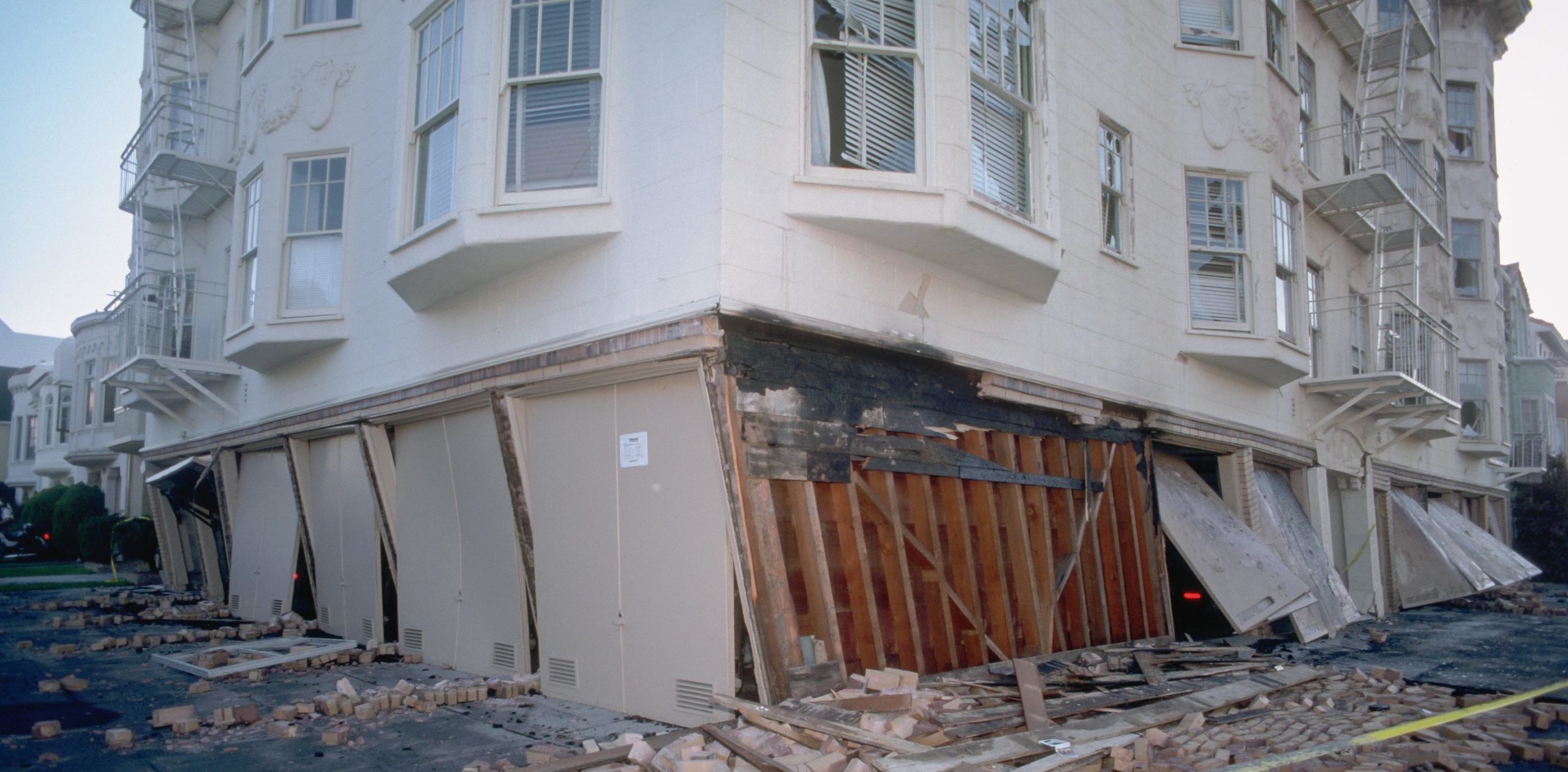
By John Orona
For decades engineers have known the danger soft-story buildings pose to life and property when the next catastrophic earthquake strikes. Now, Pasadena has a plan to minimize the destruction.
On Monday, the Pasadena City Council presented a draft ordinance to require retrofitting for nearly 500 wooden soft-story buildings throughout the city. The ordinance would apply to multi-story buildings with more than five units that have open space ground floors, such as apartments with parking garages or retail business.
These structures are particularly vulnerable to earthquake damage because the upper stories move side to side and exert force on the wooden ground floor that lacks the shear walling needed due to their open space design.
After the 1989 Loma Prieta earthquake in Northern California, many soft-story buildings collapsed or were left leaning to the side, exposing the need for stronger structures. But it is only recently that cities throughout the state have decided to take the initiative and pass local ordinances to reinforce the buildings, starting with San Francisco in 2013.
The most likely epicenter of a very large earthquake is near the Salton Sea, according to the USGS and Southern California Earthquake Center. Based on their modeling, within 90 seconds Pasadena would feel Level IX shaking intensity, characterized by extreme shaking and very heavy structural damage.
The approximately 4,500 units in these soft-story buildings would be unlikely to survive such a disaster.
The ordinance prioritizes retrofitting the 165 buildings with three or more stories, over 25 units, or with historic designation. These owners will be the first to receive notices to comply, followed a year later by property owners with between 10 and 24 units, and finally all other owners will receive their notices the following year.
Property owners will have five years from date of their notice to complete the renovation but must submit engineering plans or an appeal for exemption within the first year. The city is also allowing up to two six-month extensions, based on demonstrated hardship.
The city estimates the retrofitting could cost between $2,000 and $15,000 per unit, but home owners and councilmembers are skeptical, with some residents claiming the cost could be as high as $30,000 per unit.
“I’m not sure how realistic the costs on this report might be,” Councilmember Gordo said, explaining that he recently went through a similar renovation. “The cost just for one bedroom was a lot more than what we’re showing here,” he said. “Closer to the $30,000 range just for one room.”
Although the cost may be high, the city staff noted that the ordinance will also add value and life span to the homes, as well as preserving the crucial affordable housing supply.
The city expects to receive a $1.25 million FEMA grant which it may use to offset engineering costs for property owners. The grant was described as “a drop in the bucket” and most of the cost is expected to fall on the owners and eventually tenants.
Owners who have gone through retrofitting within the last 15 years will be exempt from the ordinance.







